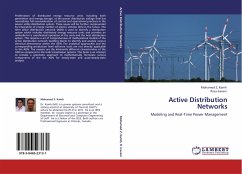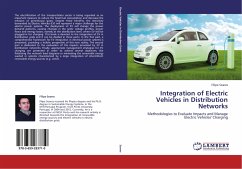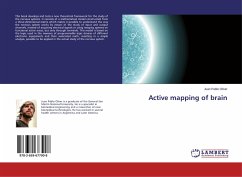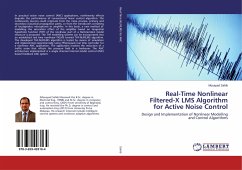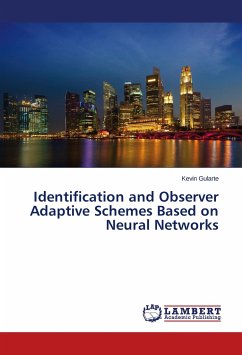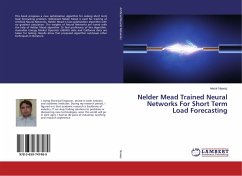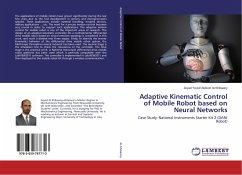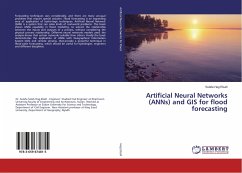Proliferation of distributed energy resource units, including both generation and energy storage, at the power distribution voltage level has necessitates full reconsideration of control and operational practices in the power utility distribution system. These issues will be further compounded by integration of a large number of electric vehicles (EVs) in the future. The term active distribution network (ADN) is used to identify a distribution system which includes distributed energy resource units and provides an umbrella for a coordinated operation of the units and the host distribution system. This requires a set of comprehensive of mathematical models of the active distribution network building blocks to identify and analyze various electrical phenomena within the ADN. The analytical approaches and the corresponding production level software tools are not directly applicable to the ADN. The reasons are the inherently different characteristics of the ADN as compared to the bulk transmission systems. This book is an attempt to provide a systematic approach to mathematically formulate various components of the the ADN for steady-state and quasi-steady-state analysis.
Bitte wählen Sie Ihr Anliegen aus.
Rechnungen
Retourenschein anfordern
Bestellstatus
Storno

